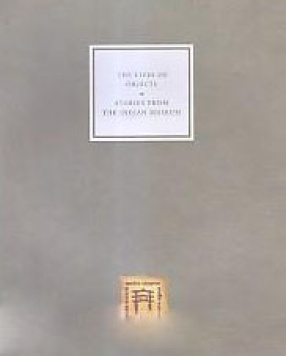
Indian Museum

Showing all 21 books
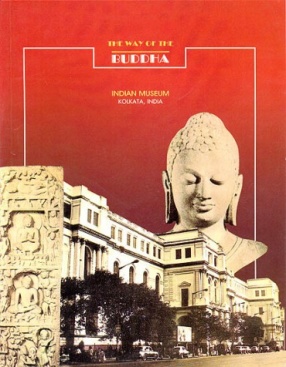

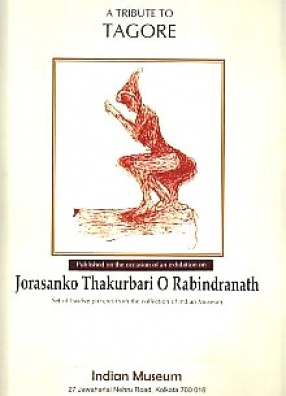

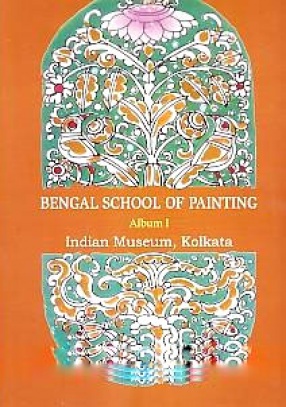
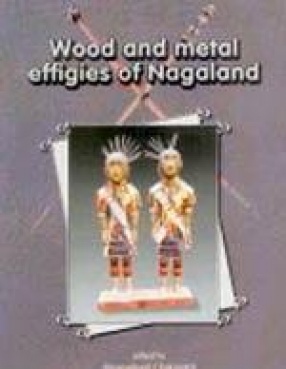

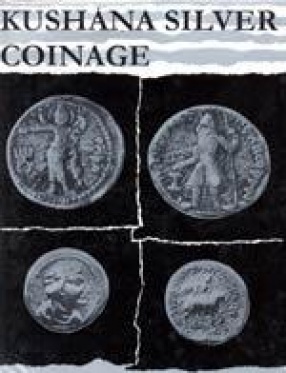


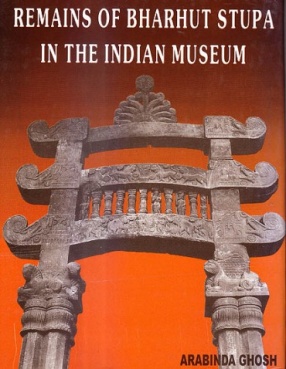
The present work deals with the remains of the Railing (vedika) and Gateway (torn pa) of the Bharhut Stupa which form one of the most remarkable collections of the Indian Museum, Calcutta. It gives a general description of the remains as they stand in the Indian Museum and also of their discovery at Bharhut by Sir Alexander Cunningham during 1873-74. The main purpose of the book is to describe and explain the reliefs carved on the Railing and Gateway. This Part I ...

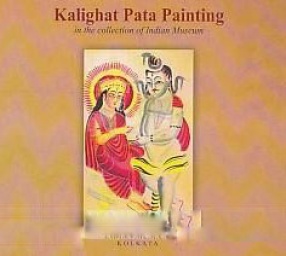
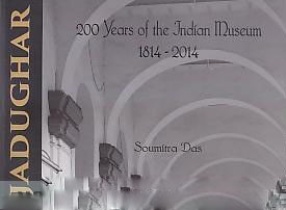

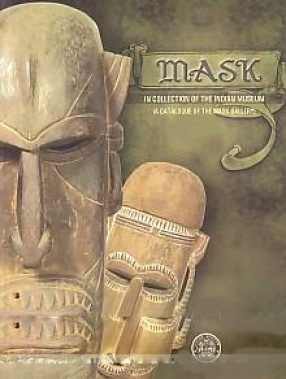




A reflection of the socio-cultural belief of the Naga people, the effigies form an interesting subject of ethnological study. Such effigies either carved in wood or sculpted in metal tend to be a glorification of the deceased person and regarded by the Nagas as abode for the soul. The monograph deals with the description of these sepulchral sculptures and allied artifacts preserved in the Nagaland State Museum, Kohima and the Indian Museum, Kolkata, illustrated ...


This book has been prepared in commemoration of the hundredth anniversary of the foundation of the Asiatic Society’s Museum, which subsequently developed into the Indian Museum as it now exists. Different chapters have been written by different authors, all intimately connected with the whole or parts of the Museum, and no attempt has been made to produce uniformity between the chapters.

The importance of the Kushana empire in the history of the orient is well-known. The gold and copper coins of the imperial Kushanas form one of the most varied and interesting series of oriental coinage. It is striking to note that though we know of a very large number of gold and copper coins of the Kushanas, silver pieces attributable to them are negligible in number. This problem merits investigation, since silver is known to have been one of the most widely ...

Supplements the catalogue of coins in the collection of Indian Museum, Calcutta.

It is a great pleasure to have the opportunity of announcing that one of the most significant publications of the Indian Museum is reappearing before the present generation of art lovers. This publication was like an offering to the Shilpacharya Abanindranath Tagore by his eminent disciples and close admirers. As stated by the editor of the anthology, it presents some of his early paintings, including two murals. The contributors, leading painters and ...

Myanmar, that is Burma before 1989, is known world wide as the 'Land of Pagodas'. For about a millennium the country's dominating religion is Buddhism, and the people are following a way of life inspired by the humanizing teachings of Gautama Buddha. Their arts and crafts, motivated by the spirit of the same religion, bear certain characteristics which are distinct from those of the other Southeast Asian countries. The Indian Museum possesses one of the richest ...

Illustrations of Buddhist iconography are available in almost all published works on the collection of museums in countries professing Buddhism. These materials are important for study and research by scholars not only in those lands themselves but by others throughout the world. In these days of global intercommunication this has become more apparent. Yet the relevant collections are not easily available except by personal visit which, again, is not easy to ...
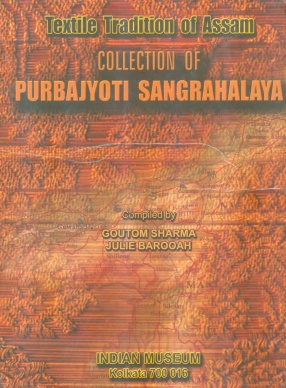
The authors have delved deep into the subject and have made use of all available source-materials in a very meticulous and authentic manner in dealing with the historical accounts regarding the growth and development of the textile traditions specially of the state of North Eastern India including Assam. That such account in brief will help the readers in their study of the subject with introspection. The most valuable portion of the book is the comprehensive and ...
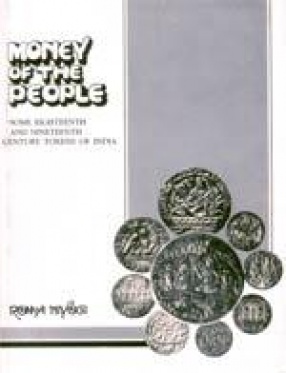
Prolific production of a class of silver and base metal religious token popularly known as Ramatankas and also of those fabricated in Indo-British coin-style is an interesting phenomenon of the eighteenth-nineteenth century India. The result of a survey of such tokens indicates that these had been occasionally forced by circumstances to play a new tole in some spheres of economic activities within the country as the money of the people. It is interesting to note ...
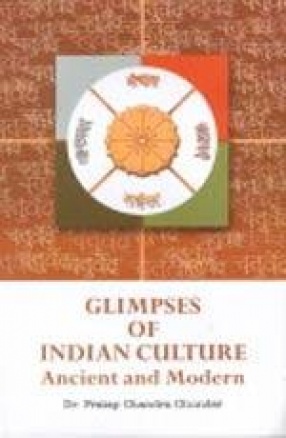
This valuable work, written by a noted Indologist Dr. Pratap Chandra Chunder, is broadly divided into two parts. In the first part the author has focused on Ancient India and the topics incorporated in the second part are particularly on Modern India. Collecting valuable materials from pre-historic and historic periods, Dr. Chunder made a comparative study of the ancient political systems of India and Iran. His comments on different Old Persian inscriptions are ...
